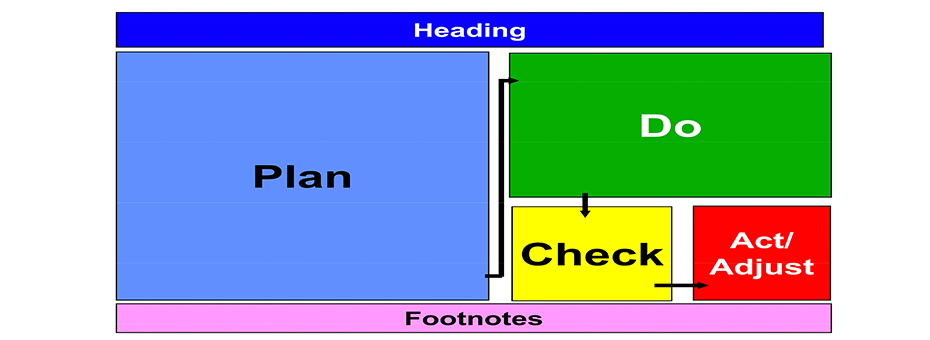Three years ago we started changing the way we lead the company, moving from “Command and Control” to “Orient and Support.” Changing the leadership style of a company is never easy, and the risk of losing some competitive edge is very real, but last year our EBITDA grew by 44% versus the previous year, and our gamble seems to be paying off. A key part of this result comes from better teamwork within the executive team.
One of the main missions of a CEO is to build teamwork in the company, and this must start with the Executive Committee, beginning with understanding and trusting each other. To do so, we have to make sure that all the teams are seriously working on real problems of the business, and that everybody understand the problems and their root causes.
How to promote this in the Executive Committee?
Traditionally, an Executive Committee deals with business reviews, actions plan reviews and decision making on the basis of powerpoint presentations. Does this encourage teamwork and problem solving? Does this help to grow mutual trust among executives? Hardly.
Our sensei suggested, as an exercise, to organize “A3 presentation” by Excom members every Monday , each in turn, to better share their thinking.
What is an A3 presentation?
It’s a standardized format on a A3 paper on which you will always find the same, standard points:
- Clarify the problem
- Break Down the Problem
- Target Setting
- Root Cause Analysis
- Develop Countermeasure
- See Countermeasures Through
- Monitor Results and Processes
- Standardize Successful Processes
The A3 sums up how we have solved a problem, how we have changed a process or how we plan to launch a new product. An A3 presentation follows Deming’s PDCA (Plan Do Check Act) logical thinking.
The A3s are sent to all the excom members the Friday before the meeting, so that everyone can read it beforehand and prepare their questions.
We then spend 20 minutes to discuss the presentation, with a specific way to organize the discussion: each Excom member asks one question in turn. The A3 presenter does not reply at this stage, but carefully notes the question. At the end of going around the table, the CEO chooses one question and the A3 holder will deepen the A3 in this direction.
I realize this can seem a bit weird. And, to be honest, when my sensei asked me to do it this way I really thought it wouldn’t be easy. In the past, when we had a presentation of a problem or a project, half of the questions were mine. And more or less half of the Excom members would not participate to the discussion: no time, and the CEO does the job. That is both very demanding for a CEO and quite boring for the other Excom members.
With this process, everybody chips in. As the presentation is not a powerpoint presentation that you cannot understand if you do not follow the oral presentation but a very precise and comprehensive description of the problem, of what are the intentions of the holder and what are the results we get, everybody can deeply understand the subject.
And it has really worked out.
First, we now have the participation of everybody when discussing problems or projects of the company. Excom members better understand each other’s priorities and obstacles. This leads to more mutual help (“ok I’ve better understood your problem and how my department can help yours”). Originally I was worried about narrowing down questions to only one: what would the others think and isn’t it a shame to not go deeper in the other questions? In fact those questions are mainly useful for the A3 holder (“Ah yes I did not think about that”) and Excom members can always continue the discussion after the meeting. And this is a very powerful tool to make the team smarter!
With the participation of everybody, we always end up with questions the CEO would have had in mind. And usually all the questions he had in mine are asked by the other Excom members. That is a moment of true aha! You realize as a CEO that you’re more useful as organizing conditions for teamwork than being the one who knows everything and decides everything. Teamwork cannot be done without you, knowledge and decision can be done without you.
Managing to Learn with the A3 Process
Learn how to solve problems and develop problem solvers.




It’s a great idea, however I have my doubts if the people will do the homework in a conciuosly way, because they are reactive instead to be proactive.
Great idea!
I really believe that this work out.